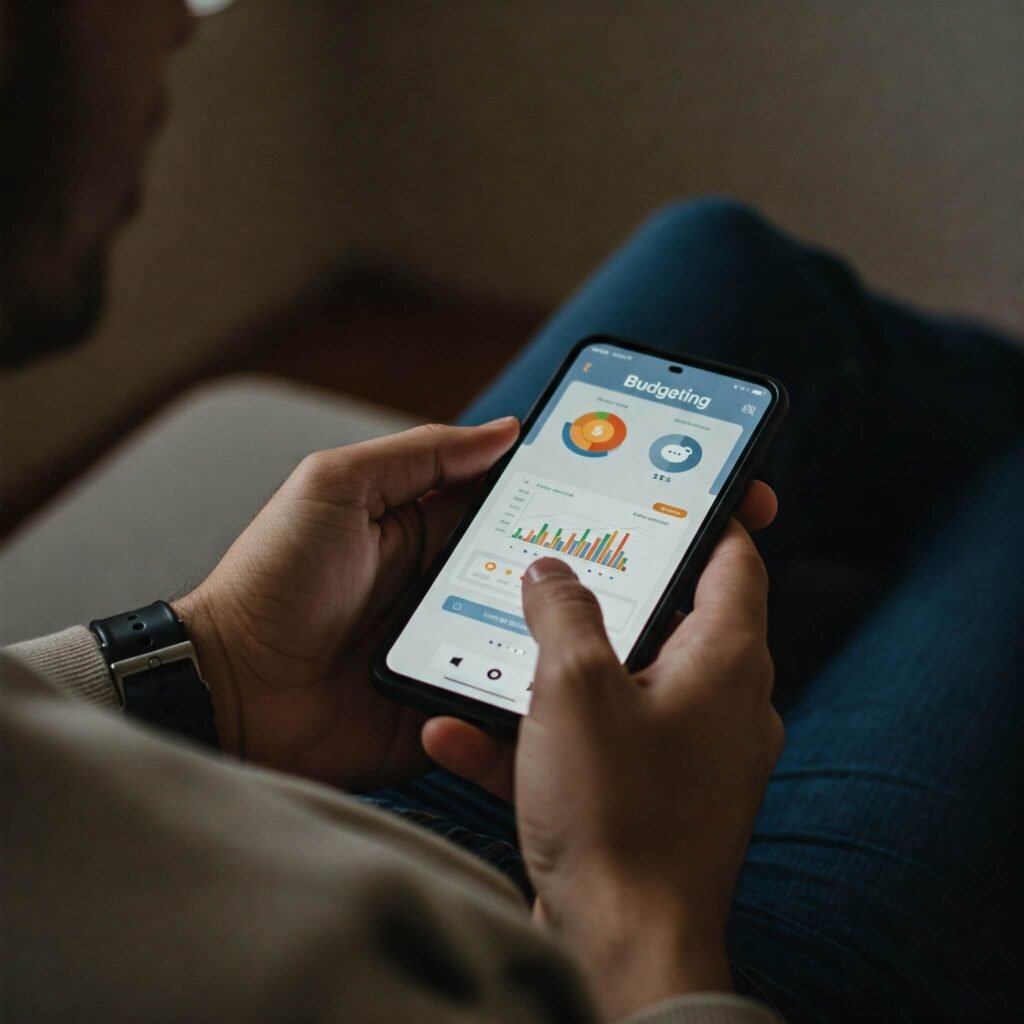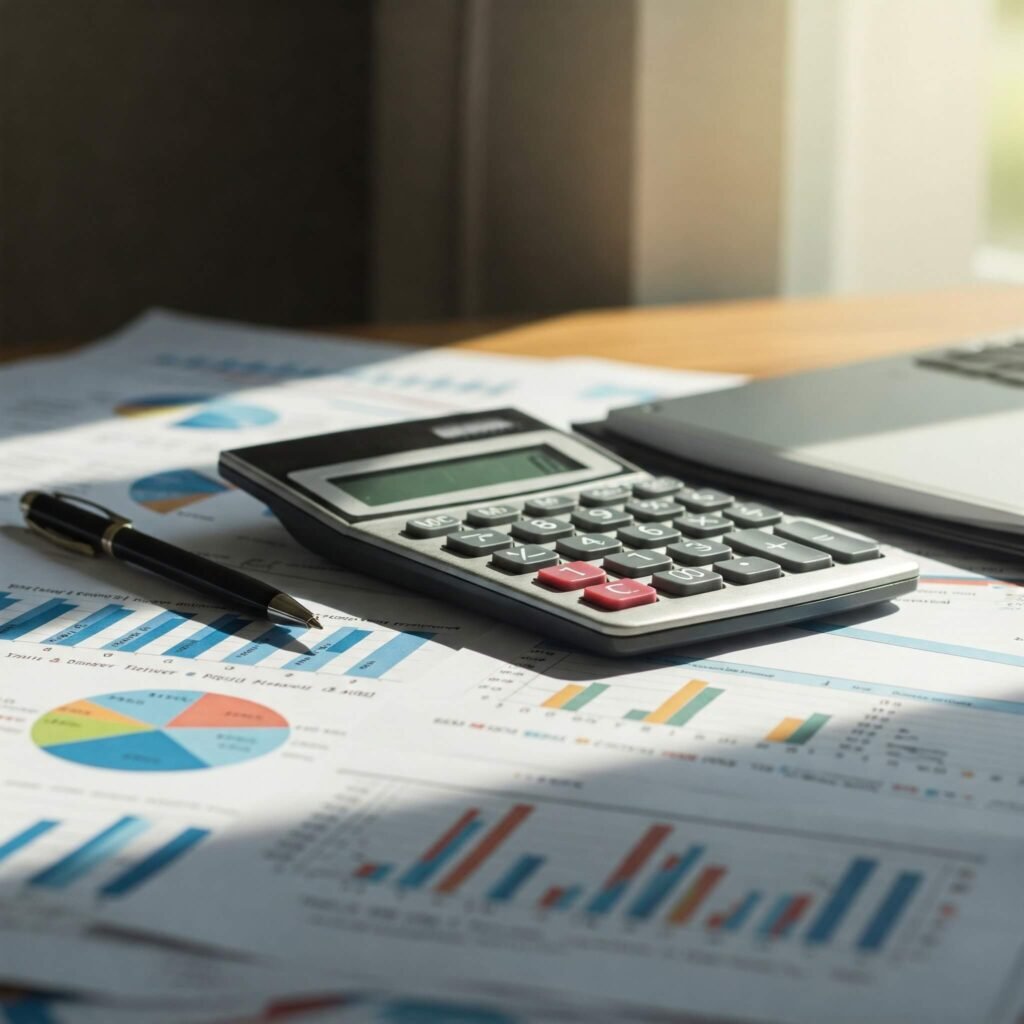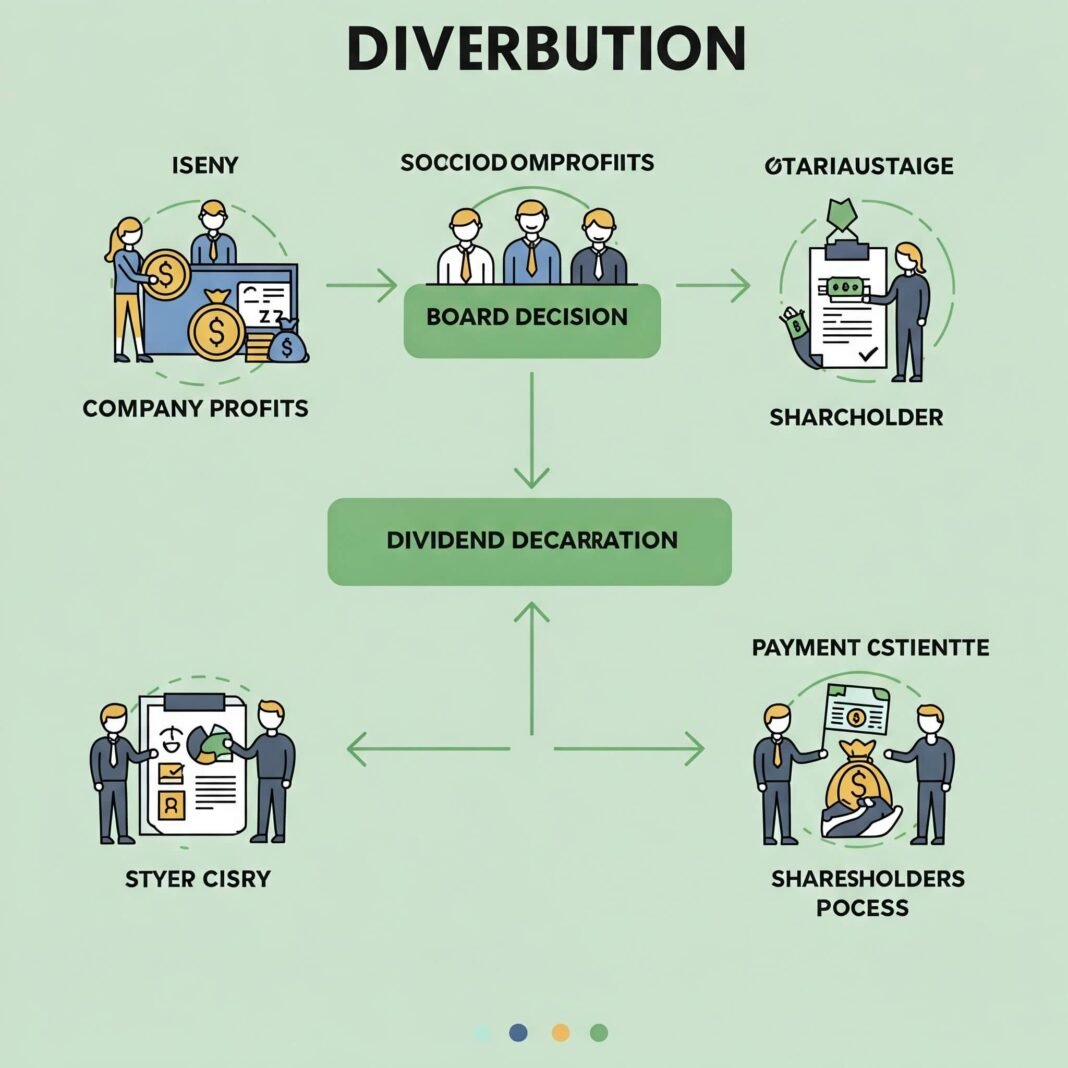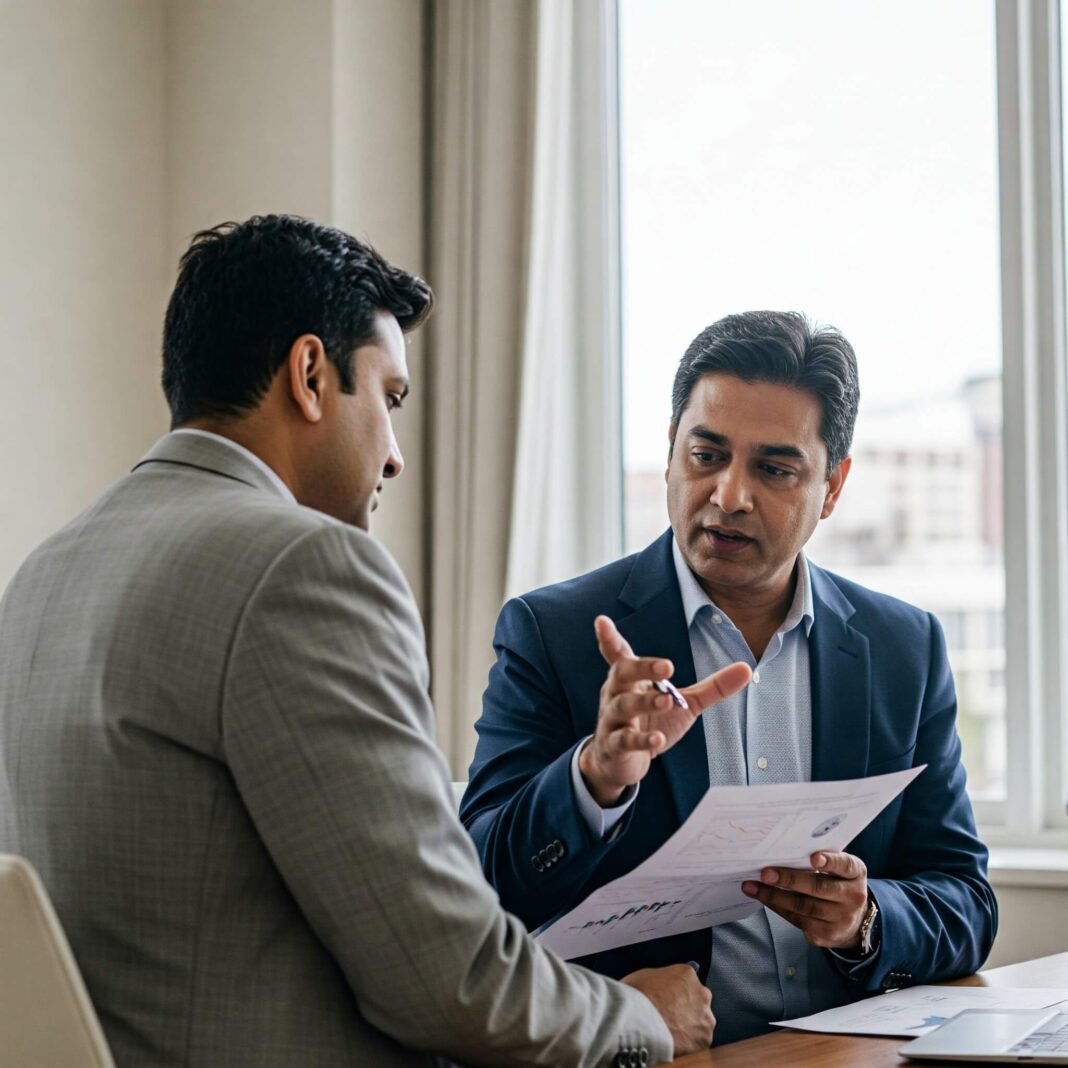So, I’m gonna be real with you for a second. The day I turned 30, it felt like a switch flipped. One moment, I was a twenty-something worried about my financial planning next paycheck and whether or not I had enough money for a concert ticket. The next, a panic alarm went off in my brain. Suddenly, everyone I knew was getting married, buying houses, or having babies, and the small talk at parties shifted from “What’s the best happy hour deal?” to “Have you started a 529 plan?”
I remember sitting on my couch one night, scrolling through Instagram, seeing a friend’s new house, and feeling this sudden, overwhelming dread. It was like I had been playing the game of life on easy mode, and now I had accidentally bumped it up to “Expert.” I didn’t know what a mortgage was, I was still paying off student loans, and my “savings account” was more of a suggestion than a reality.
I needed to get my act together. I needed some kind of plan. And that’s how I accidentally started my journey into what I now lovingly call financial planning in your 30s. It’s not about becoming a Wall Street genius overnight. It’s about not panicking every time you hear the word “retirement.” It’s a messy, imperfect process, and if you’re a little chaotic like me, that’s totally fine. This is my story, a roadmap written by someone who got lost a few times along the way.
The Great Quarter-Life Freakout (And What It Taught Me)
Okay, let’s talk about that moment. You know, the one where you realize you’re a full-fledged adult and nobody gave you the instruction manual? For me, it was my friend’s wedding. I was a bridesmaid, and as we were getting ready, all the other girls were talking about their 401(k) matching and refinancing their student loans. I just nodded and smiled, trying to remember what a “401(k)” even stood for. It felt like they were speaking a different language.
I should probably be embarrassed, but honestly? That’s one of the best things that ever happened to me. It was the kick in the pants I needed. It made me realize that while I was great at living in the moment, I was pretty terrible at living for the future. So, I grabbed a notebook and a pen and decided to start figuring this stuff out. I was a total mess, but I was motivated.
First Things First: Your Budgeting Life (It’s a Vibe, Not a Spreadsheet)
Listen, I hate budgets. There, I said it. The idea of tracking every single penny feels like a punishment. I tried those super-strict spreadsheet budgets, and I’d last maybe… three days? Then I’d buy a pizza and a pack of fancy sparkling water and just give up. I’d be like, “Well, I blew it, might as well go wild.” It was a toxic cycle.
So, I had to rethink it. I realized that a budget doesn’t have to be a restrictive rulebook; it can be a flexible guide in financial planning. I started with a super simple system, like the 50/30/20 rule (50% for needs, 30% for wants, 20% for savings/debt). I stopped tracking every latte and started tracking bigger categories, like “eating out” or “fun money.”
It totally changed my mindset. Instead of feeling guilty, I felt in control. And honestly, it’s a pretty solid strategy for budgeting for millennials who still want to live a little. It’s about balance, not deprivation. I still went out for sushi, but I did it knowing I wasn’t derailing my entire financial future.

Slaying the Debt Monster (It’s a Marathon, Not a Sprint)
This is a big one. For me, it was my student loans. They felt like a literal weight on my shoulders. Every month, I’d make the payment, and the balance would barely budge. It was demoralizing. I tried to just ignore it, but it was always there, a tiny little monster whispering in my ear.
So, I decided to get aggressive. I used a strategy called the “debt snowball,” where you pay off the smallest debt first to get a quick win and build momentum. It felt so good to pay off that first little credit card. It was like I had unlocked a new level in a video game. Then, I rolled that payment into the next debt, and the next.
It wasn’t easy. There were nights I stayed in instead of going out with friends. There were a few weeks where my grocery budget was a little… creative (hello, lentil soup!). But when I finally made that last student loan payment, I literally screamed. I was in my pajamas, drinking lukewarm tea, and I just totally lost it. It was pure freedom. Slaying the debt monster is a huge part of financial planning in your 30s.
The House vs. Rent Thing (And Why I’m Still Confused)
Let’s talk about the Great Millennial Housing Dilemma. It feels like every time I see a home listing, I need to take a nap. The down payment alone seems like a mythological creature. My parents bought their house for, like, a ham sandwich and a firm handshake. My generation? It feels like we need a small army and a treasure chest.
I’ve started a dedicated savings account for a down payment, but it feels like it grows at a glacial pace. I’m putting money in, but housing prices seem to be racing like a cheetah. Is it just me? You ever feel like that?
But hey, that’s okay. The point is, I have a plan now. I’m actively working on saving for a house, even if the finish line feels miles away. I know the exact number I need to hit, and I’m putting money toward it every single month. Progress, not perfection, right?
Investing for financial planning: It’s Not Just for Wall Street Bros
Okay, if “budgeting” makes me want to nap, “investing” used to make me want to curl up in a ball and cry. It sounded so intimidating. Stocks, bonds, ETFs… it’s a whole different language. My first thought was, “I’m going to lose all my money and have to move back in with my parents.”
But here’s the thing: you don’t have to pick individual stocks to be an investor. Your 401(k) is investing! A Roth IRA is investing! I learned about simple, low-cost index funds and ETFs that are basically like a giant basket of stocks. It’s a super chill, set-it-and-forget-it way to get started with investing in financial planning30s.
I started with my employer’s 401(k) matching program. My company was giving me free money, and I wasn’t taking full advantage of it! It’s literally free money, you guys! After that, I opened a Roth IRA and started automatically investing a small amount every month. I don’t even think about it anymore. It just happens. And seeing that number slowly, steadily grow is one of the most satisfying things. It’s like watching a plant grow. A very, very slow, money-making plant.
The “What If” Stuff (aka, Adulting 2.0)
Once you’ve got a budget, a debt plan, and a little investment habit going, it’s time for the boring but crucial stuff. I’m talking about an emergency fund. I used to think my emergency fund was my credit card. Yikes. That’s a terrible idea. My advisor told me to aim for 3-6 months of living expenses in a high-yield savings account. It’s like a financial rain jacket—you hope you never need it, but you’re so glad you have it when it pours.
I also finally looked into life insurance and disability insurance. It’s not a fun topic, but once you have people who depend on you (or even just yourself!), it’s a no-brainer. It’s about protecting your income stream if something goes sideways. My friend looked at me and said, “You seriously thought that would be a fun conversation?” No, but it was an important one.

Retirement? Wait, Isn’t That for My Grandparents in financial planning?
And finally, the big one: retirement. When you’re in your 30s, retirement seems like a million miles away. Like, I’ll be a wizard by then. Who knows. But this is the decade where every dollar you save has the most power to grow. Thanks to the magic of compounding, a small amount saved now can become a huge amount later. That’s why retirement planning in your 30s is so important.
It’s not about having it all figured out. It’s about taking one small step at a time. It’s about not panicking. It’s about finding a system that works for you, even if it’s a little messy. And trust me, if I can do it, you can too.

So, take a deep breath. It’s okay if you don’t know everything. It’s okay if you’re a little behind. The most important thing is that you’re starting now. Grab a coffee, a pen, and a notebook, and just… start. You’ve got this.
Outbound Link Suggestion:
[A link to a simple guide on Roth IRAs or 401(k)s from a source like Investopedia or NerdWallet.]
[A link to a budgeting app’s blog post on a topic like “How to Budget If You Hate Budgeting.”]





